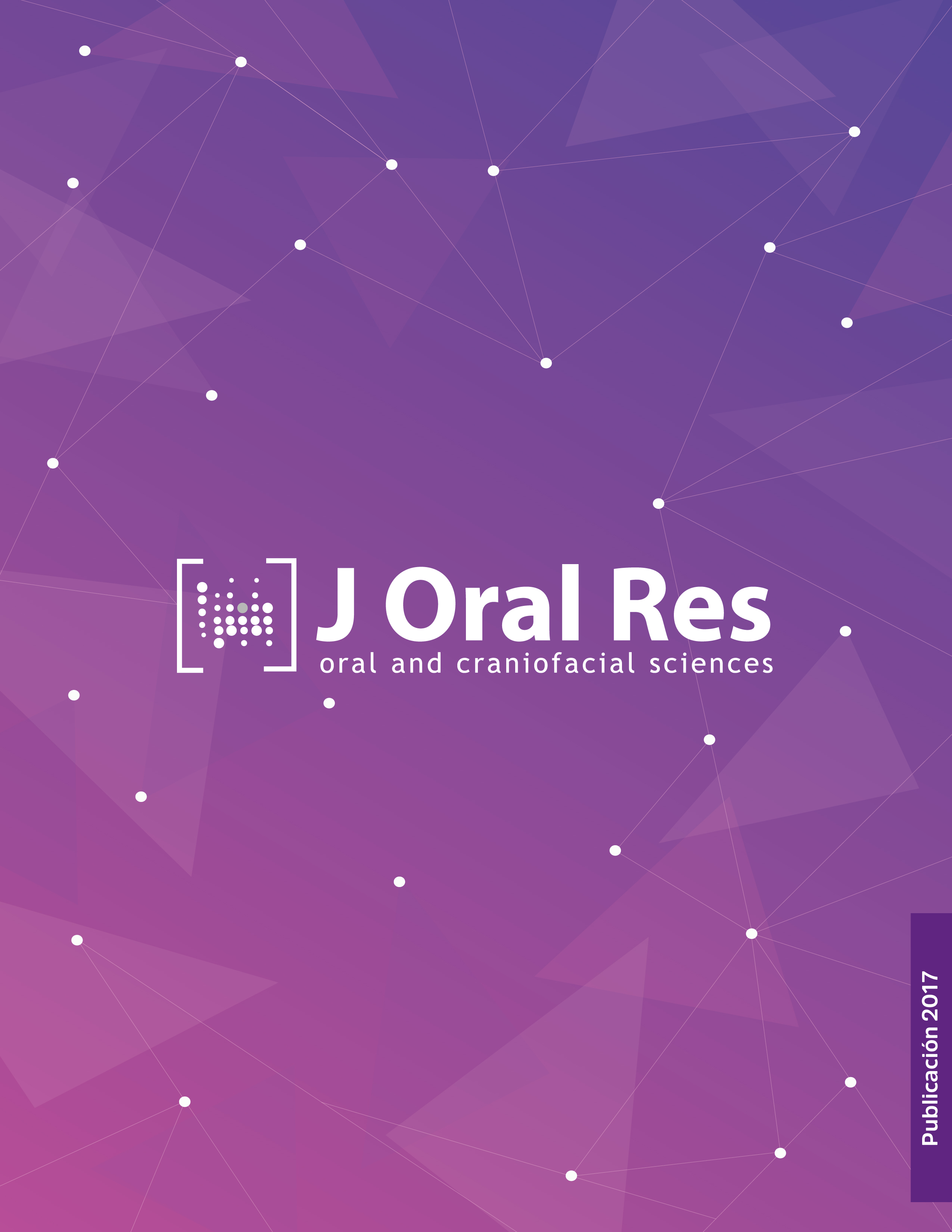Topography of the inferior alveolar nerve in human embryos and fetuses. An histomorphological study
DOI:
https://doi.org/10.17126/%25xPalabras clave:
mandibular nerve, mandible, embryo researchResumen
The aim of this study is to establish the position of the inferior alveolar nerve in relation to the Meckel’s cartilage, the anlage of the mandibular body and primordia of the teeth, and also to trace the change in nerve trunk structure in the human prenatal ontogenesis. Serial sections (20?m) from thirty-two 6-12 weeks-old entire human embryos and serial sections (10?m) of six mandibles of 13-20 weeks-old human fetuses without developmental abnormalities were studied. Histological sections were impregnated with silver nitrate according to Bilshovsky-Buke and stained with hematoxylin and eosin. During embryonic development, the number of branches of the inferior alveolar nerve increases and its fascicular structure changes. In conclusion, the architecture of intraosseous canals in the body of the mandible, as well as the location of the foramina, is predetermined by the course and pattern of the vessel/nerve branching in the mandibular arch, even before the formation of bony trabeculae. Particularly, the formation of the incisive canal of the mandible can be explained by the presence of the incisive nerve as the extension of the inferior alveolar nerve. It has also been established that Meckel’s cartilage does not participate in mandibular canal morphogenesis.
Descargas
Publicado
Número
Sección
Este es una Revista de acceso abierto distribuido bajo los términos de Creative Commons Attribution License (CC BY 4.0). Se permite el uso, distribución o reproducción en otros foros, siempre que se acredite al autor o autores originales y a los propietarios de los derechos de autor y se cite la publicación original en esta revista, de acuerdo con la práctica académica aceptada. No se permite ningún uso, distribución o reproducción que no cumpla con estos términos. © 2023.










